8 Cockroach-Repelling Plants You’ll Regret Not Having In Your Garden
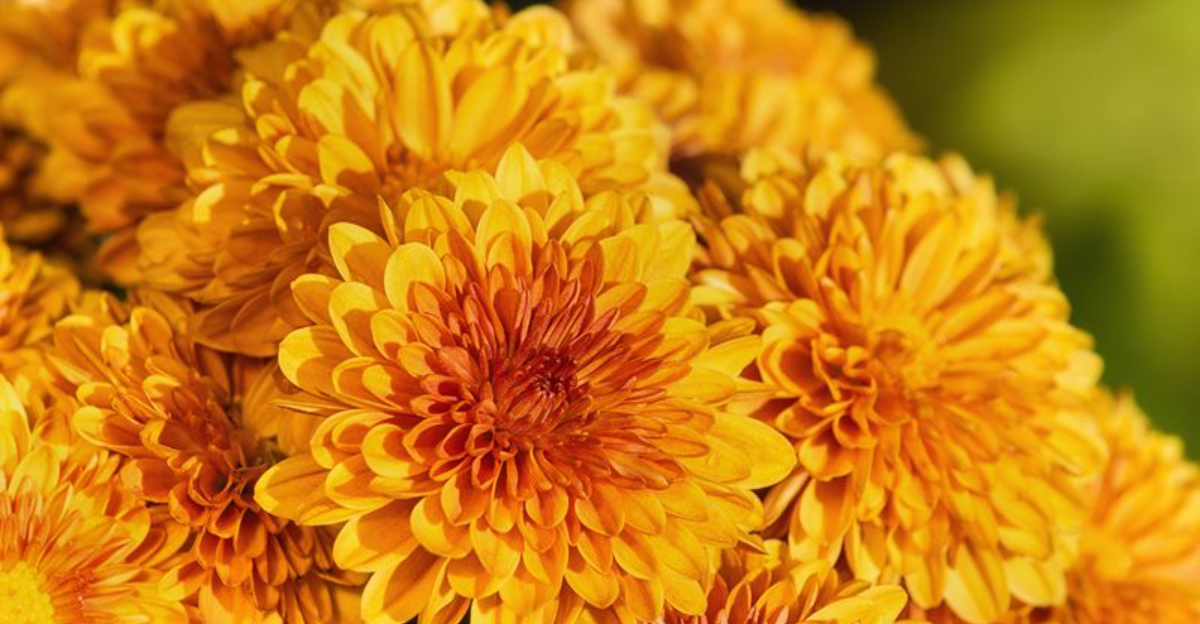
Gardening enthusiasts and homekeepers alike will find a new ally in their battle against pests: plants that naturally repel cockroaches.
Imagine a garden that not only brings beauty and serenity but also wards off those unwelcome guests. Today, we’ll explore remarkable plants that serve as both decorative marvels and natural repellents.
Say goodbye to chemical-laden solutions and embrace the power of nature in keeping your garden and home cockroach-free.
1. Catnip
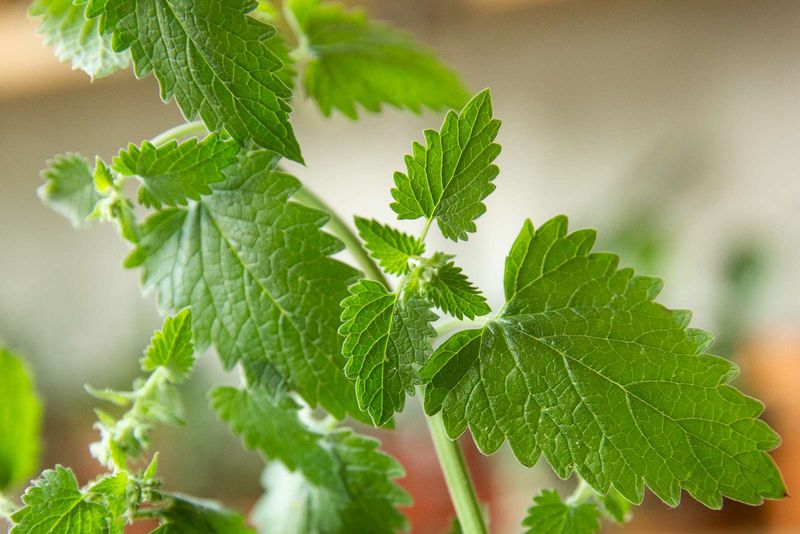
Catnip, familiar to many cat owners, is also a potent cockroach repellent. Its secret weapon is nepetalactone, an essential oil that roaches detest. Imagine a garden buzzing with life but free of those pesky insects. Catnip is not only easy to grow but also adds a delightful aroma to your garden.
Plant it in sunny spots, and it will flourish with minimal care. Besides repelling cockroaches, catnip attracts pollinators like bees and butterflies, bringing vibrancy to the garden.
For an effective natural solution, consider planting catnip around your home’s exterior. Its dual purpose—pleasing cats and repelling roaches—makes it a must-have. Moreover, it’s a joy to watch your pets frolic around it while knowing your home remains cockroach-free.
2. Bay Leaves
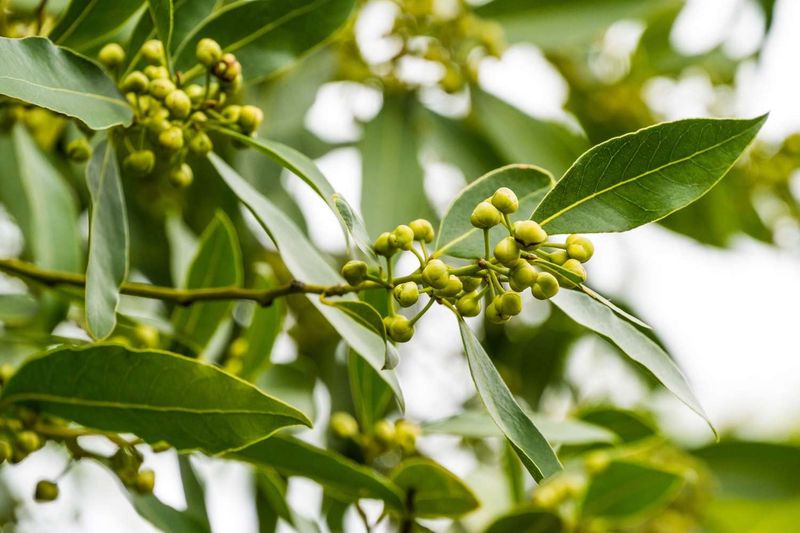
Bay leaves have long been a culinary staple, but did you know they can also keep cockroaches at bay? The leaves’ distinct aroma is offensive to these pests. Grow bay laurel in pots or in your garden, and enjoy its dual benefits.
Whether you use fresh or dried leaves, placing them in pantry areas can deter roaches. The plant itself is evergreen, adding year-round greenery to your space.
Bay leaves are not just about utility—they enrich your dishes with flavor while keeping your home free from unwanted guests. Plant a bay tree, and embrace a natural and aromatic way to safeguard your kitchen from these intruders.
3. Lavender
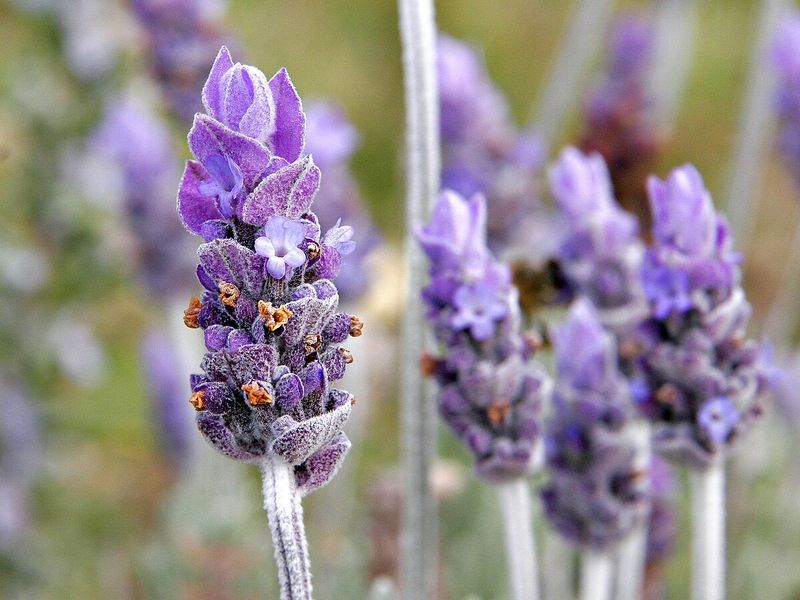
Lavender, cherished for its calming fragrance, is also a natural cockroach deterrent. Its soothing scent masks the pheromones that attract roaches, making it an effective barrier. Imagine rows of lavender lining your garden, adding both beauty and utility.
Lavender is easy to cultivate, thriving in well-drained soil and full sun. Its aromatic flowers are a favorite among pollinators, enhancing your garden’s biodiversity.
Utilize dried lavender sachets indoors to extend its protective properties. Not only do they provide a pleasant aroma, but they also continue to ward off cockroaches inside your home, making lavender a versatile ally in pest control.
4. Mint
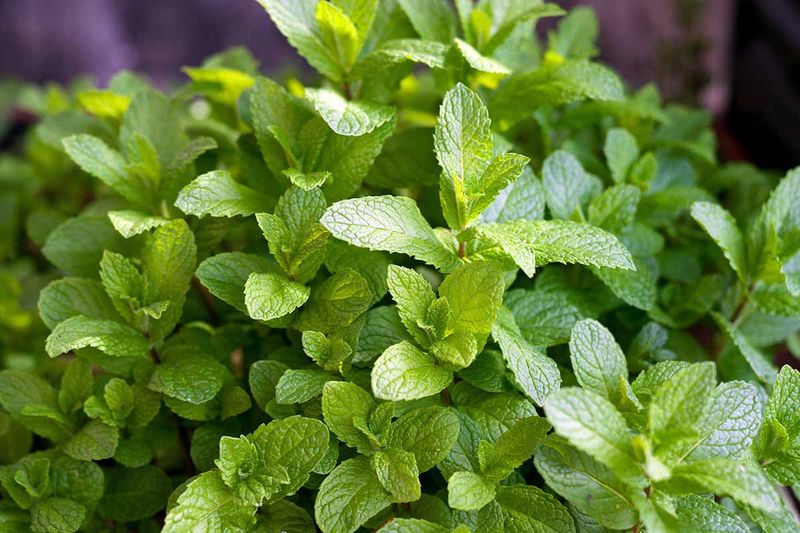
Mint is well-known for its refreshing scent and culinary uses, but it’s also a robust cockroach repellent. The menthol aroma is intolerable to these pests. Growing mint is straightforward, and it spreads quickly, providing ample coverage.
Incorporate mint into your garden borders or pots to create a fragrant barrier. Its ability to thrive in various conditions makes it a versatile plant for any garden.
For indoor use, mint essential oil can be applied in areas prone to cockroach invasion. Besides its pest-repellent properties, mint adds a refreshing scent to your home and is a culinary delight, making it a multifunctional plant worth having.
5. Chrysanthemums
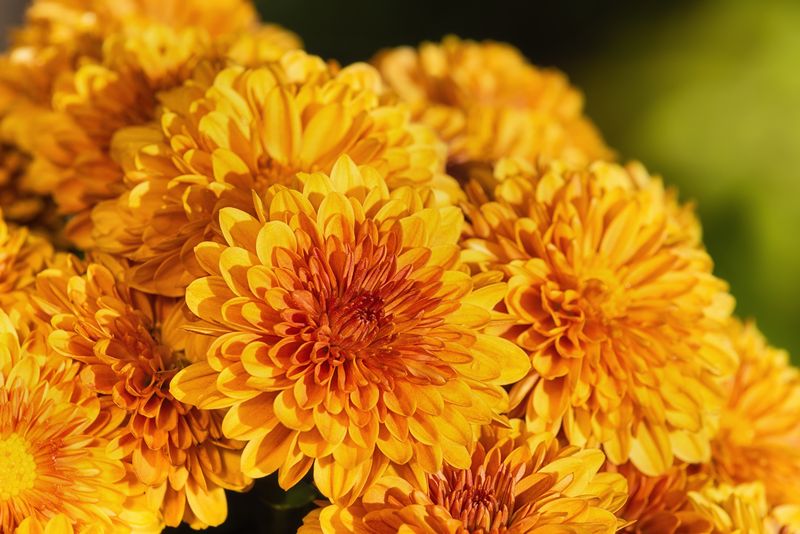
Chrysanthemums, with their bright blooms, are a garden favorite that also repels cockroaches. They contain pyrethrum, a natural insecticide. Visualize a garden alive with color, free from roaches.
These flowers thrive in well-drained soil and full sunlight, bringing hues of red, yellow, and purple to your garden. Their beauty is matched by their functionality, offering a natural way to deter pests.
Chrysanthemums can be used to make a natural insect repellent spray, adding another layer of defense. Their dual role as decorative and protective plants makes them an essential addition to any garden looking to combat pests naturally.
6. Osage Orange
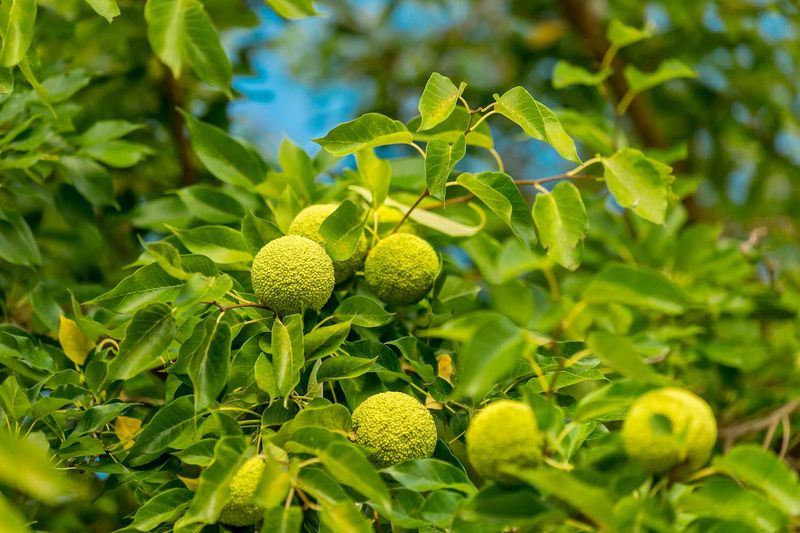
Osage orange, also known as hedge apple, is a unique plant known for its ability to repel cockroaches. Its fruit, often called “hedge apples,” emits a scent that pests find repulsive.
Place these fruits around your home to create a natural barrier. Though the fruits aren’t edible, their pest-repelling properties are invaluable.
The tree itself is hardy and adaptable, making it suitable for various climates. Its spiny branches and large, green fruits add an interesting aesthetic to any garden. Embrace Osage orange as both a conversation starter and a practical pest solution.
7. Garlic
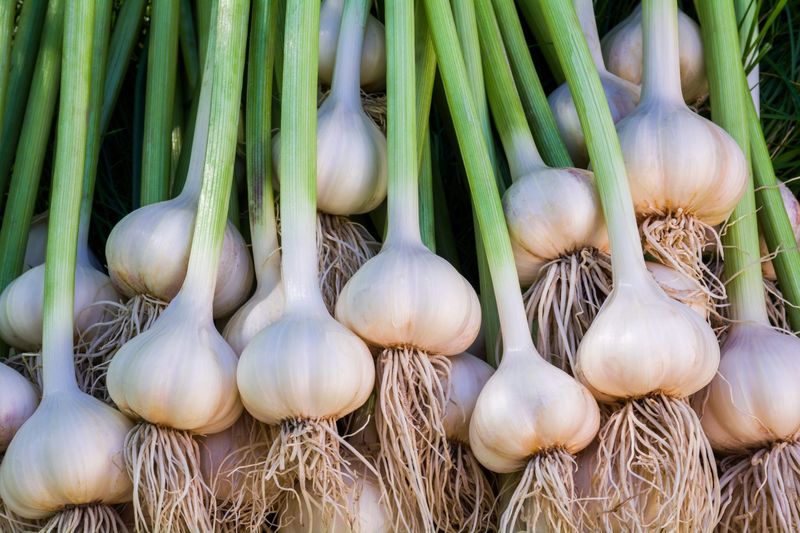
The sharp, pungent aroma of garlic is a powerful deterrent against cockroaches. As a staple in culinary practices worldwide, garlic also serves as a natural insect repellent.
Plant garlic in your garden to harness its dual benefits—enhancing your dishes and keeping pests at bay. Its growth requires little maintenance, making it an easy choice for gardeners.
Crushed garlic cloves can be strategically placed in areas prone to cockroach activity, providing an additional layer of protection. Garlic’s versatility extends beyond the kitchen, offering practical solutions to pest problems while boosting your garden’s productivity.
8. Lemongrass
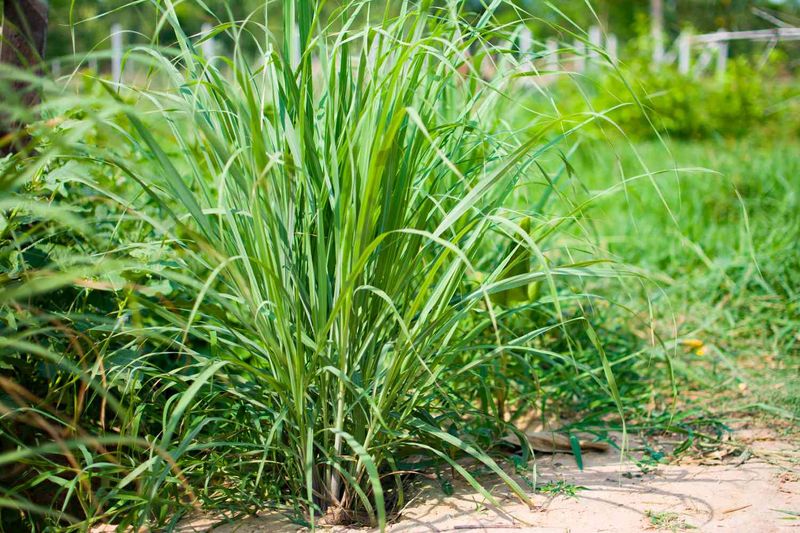
Lemongrass, with its citrusy aroma, is more than just a culinary delight—it’s a natural cockroach repellent. Its scent masks other odors, disrupting the pheromone trails cockroaches follow.
Growing lemongrass in pots or garden beds can enhance your outdoor space with its lush greenery. It’s suited for warm climates and requires minimal upkeep.
Use lemongrass essential oil indoors to maintain its repelling effect. Besides its pest-repellent properties, lemongrass complements your garden and kitchen, offering a fragrant and flavorful addition to your home.






